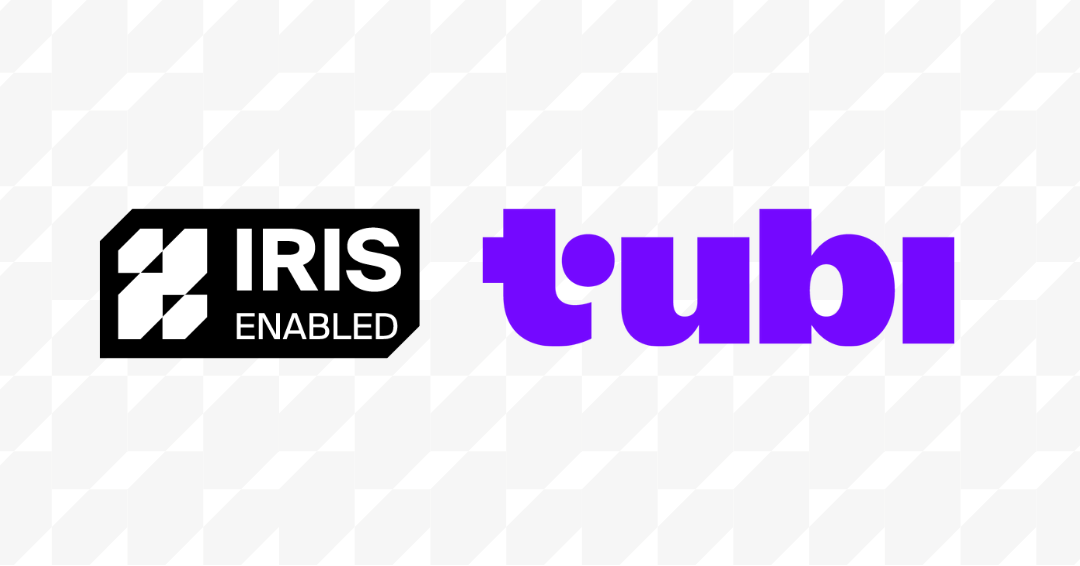What is video-level data and how does it help marketers?
Posted by Anna Kaiser | Mar 29, 2022 | Contextual Video |
What is video-level data?
It has never been more important to understand video content. As of 2021, at least 80% of American households had at least one connected TV device.
A study by the Leichtman Group, published by MediaPost found that 40% of Americans watch premium video content via connected devices on a daily basis, and 60% do so weekly.
This growth is not lost on advertisers, who according to MAGNA Global are poised to spend $7 billion on digital video and connected TV in 2022, a 28.4% year-over-year increase that officially makes connected TV the fastest growing advertising medium based on projected spend. Connected TV inventory continues to increase with roughly 60% of it expected to be purchased programmatically.With all this in mind, it’s clear that businesses will need the tools to better understand the rapidly expanding universe of digital video inventory. That’s where video-level data comes in. As marketers, advertisers, and publishers all increase their focus on video content, video-level data will take center stage in helping all parties to better understand content, value, and the relevance of this inventory. But what exactly is video-level data?
Defining video-level data
Most marketers are familiar with metadata, the accumulated tags and labels used to index video content across various platforms. This data can include tags that indicate the contents of the video, its length, title, publisher origin, information about series season and episode, as well as the source URL. With access to a source URL, this metadata can be further enriched by data providers through frame-by-frame analysis to detect context, tone, and sentiment, enhancing addressability and deepening contextual insight. In its simplest form, video-level data is any data point that can help you to understand what a piece of video is, what it contains, and where it originates. This data can be used to help marketers decide what inventory to buy, and allows publishers to index and monetize the entirety of their quickly growing video catalogs.
There’s just one challenge, video-level data isn’t all consistent. Publishers and platforms all maintain their own unique standards and taxonomies for the classification of video content. And source URLs are never made available outside a publisher’s content management system.
Video inventory fragmentation
In the halcyon days of traditional linear TV, buyers and sellers used fairly straightforward data to make decisions. Inventory was divided up by day-part, which implied audience demographics, and by the number of expected viewers as measured by impartial referees like Nielsen. The video ecosystem is larger and far more complex.
Video is divided across a vast and growing number of publishers' sites as well as aggregator platforms. Some content may exist natively on a publisher’s website, delivered by a native video player. However, that same content might also be accessed through a publisher’s app on platforms like Roku or Apple TV, or through curated channels within these platforms. Still, other content might exist on a broadcaster's own player, or be viewed through an aggregator platform like Hulu, Crackle, or Peacock. Some content is unique to publishers' owned-and-operated platforms, while other content may live across multiple platforms to maximize its reach and audience.
For consumers, this experience can be complicated, but not excessively taxing. In the era of “peak-streaming,” consumers can find, for example, video content about raising and training puppies in a number of places. For marketers and publishers, however, this fragmented ecosystem presents an additional challenge. Every platform that hosts puppy content will have its own taxonomy for video-level data. One publisher might tag a family-friendly piece of content about dogs as “animals” while for another it might be “pets.” If a publisher licenses or distributes their content on an aggregator platform with its own ad sales functions, it’s likely that the platform will apply its own tagging taxonomy, further increasing complexity.
To truly take advantage of the vast and growing array of digital video content, buyers and sellers need a unified way to package all inventory across platforms.
How video-level data normalization works
Henry Ford is remembered as the father of the automotive industry, but his greatest contribution to the world of business management was the concept of standardization. Ford realized that in order to mass-produce and mass-market cars, it was critical that they all be built with the same parts. These parts would all have to be the same size and shape so that they could be installed and replaced interchangeably without the need for custom machining. This made Ford a leading light of the industrial period, but the concept of standardization would long outlive the age of mechanization.
To tame the complexity of video-level data and fully realize its value, the menagerie of video metadata will need to be standardized, just like Ford’s nuts and bolts, allowing buyers and sellers to make apples-to-apples comparisons across inventory on different platforms. Media buyers for pet food brands, for example, shouldn’t need to suss out that one platforms’ “animals” is another’s “pets.”
To bridge the divides of a fragmented ecosystem, IRIS.TV has created tools to ingest large quantities of video-level data and automate a standardization framework. IRIS.TV works with publishers to ingest all the raw metadata from their video libraries. By integrating with their content management systems IRIS.TV is able to bring all of a publisher's data, including titles, descriptions, keywords, URLs, key imagery, and closed captioning files into a standard framework.
That data is then subjected to a process of normalization through which our proprietary artificial intelligence interprets the structure and taxonomies used by the publisher, and applies a standard schema that organizes all of that data into universal nomenclatures that make it addressable across platforms.
How normalized video-level data is used
Once video data is normalized, it can power a number of processes that enabled buyers and sellers to efficiently target, monetize, and understand video content.
- Video Data Connectivity - Normalized data shared via a standard framework allows for connections across platforms and networks. When every piece of content is “speaking the same language” it’s easier to understand and work with video content across multiple platforms and publishers. Normalized video-level data allows publishers to more easily understand the full reach of their inventory, even if it lives across multiple platforms.
- Accurate Sales Planning - Being a seller in a fragmented media environment is challenging. The same content may exist in multiple places. Some of it may be hosted on different platforms within the publishers’ owned-and-operated ecosystem, across different sites within the publisher's portfolio. Other content may be distributed by third parties that partner with the publishers but which maintain their own ecosystem. Once video-level data is normalized, sellers can create an accurate picture of all of the inventory they have to offer, regardless of where it lives, allowing them to sell larger and more complex campaigns.
- Contextual Targeting - For the last two decades, digital advertising has relied on audience targeting to ensure that relevant messages meet receptive audiences, but with Google’s decision to deprecate third-party cookies, this era of advertising is (eventually) coming to an end. For an industry hooked on relevance, contextual advertising will be front and center, allowing them to target audiences based on the content they’re interested in and align messages with the content it appears within. But establishing context across large digital video and CTV campaigns will only be possible if buyers can target content across platforms. Normalized video-level data will make this possible, allowing vendors to run contextually relevant campaigns on different platforms by targeting the same mutually intelligible content based on the subject matter, sentiment, brand, and more.
- Superior Measurement - Fragmentation makes it challenging to measure the success of a large campaign. Because different platforms provide different performance metrics, it can be difficult for media buyers and campaign planners to assess the success of wide-ranging cross-platform campaigns at scale. But if inventory can all be understood using a single standardized framework of video-level data, marketers can measure lift across multiple types of content to better understand where their media investment has been most successful.
- Easier Access to Premium Video - We’re living in a golden age of premium video content, but it can be difficult to identify and utilize this high-quality inventory without a Rosetta Stone. Standardized video-level data provides a universal language that makes content more accessible, allowing buyers to expand their horizons on available inventory and allowing premium publishers to more easily access ad spend dollars with the high-quality content they’re already producing.
Interested in learning more about how to incorporate video-level data into your media strategy? Get in touch with our experts to schedule a free consultation.

.jpeg)


.png)

.png)



